Traveling Bellydancer in India is the story of Zaina, a girl from Finland, who goes to work as a belly dancer in India. Zaina directed, produced, and acted in this documentary while working in India in 2014. We recently spoke to her and decided to ask this very talented lady some questions about her work. The documentary is available to watch for free in HD on Vimeo.
India is a great place to shoot because people are not camera-shy at all! That really helped. I’ve been to many countries where a camera in a public place is met with suspicion and displeasure.
How long have you been belly dancing for? How did you get into it?
At thirteen, I saw an ad for bellydance classes starting on the next day. I wasn’t sure what it even was, but was intrigued enough to coerce my Mom to sign me up and take me. I was hooked from the first class. “I’m going to be doing this always”, I thought somewhere during those ninety minutes. Now, I had no idea what that meant. In my wildest dreams, I didn’t imagine one day making a living from dance. We didn’t exactly have bellydancers in the small Finland town I grew up in – or anywhere in the country!
Why did you decide to go to India? Was there any specific motivation?
At that point, I’d worked in the Arab world for many years. I knew many dancers who had worked in India, so I knew it was an option. They gave me mixed reviews though – not everyone had a good experience in India. In 2014 an opportunity came along. It involved lots of traveling around the country, so it was right up my alley.
What made you decide to do this documentary?
Before leaving for India, I was apprehensive about the whole thing. Delhi has a horrendous reputation. The infamous gang rape case was still fresh. A dancer I knew had referred me to this agent, and she gave me a realistic idea of the challenges I was facing. There would be some very long drives for shows: up to eight hours one way! I felt India could go either way for me – I’d either love it or hate it.
I decided to make some kind of “video” to document the experience, something I could throw on Youtube to show what it was like dancing in India. It snowballed from there. By the time I realized I was in fact making a feature-length documentary, it was too late for second thoughts.
For people who are into making documentaries, what kind of equipment did you use? Did you face any challenges or were people generally camera friendly?
I shot the whole thing (with the exception of performance clips of Meher Malik and Banjara) with a handheld HD camcorder. It was both discreet and convenient: I had it with me eighty per cent of the time, wherever I went, and whipped it out whenever I saw something interesting. Other than that, the only piece of equipment I used was a tripod. While there’s tons of other equipment that can help, actually a lot of great documentaries have an organic, homemade feel. I’m quite proud of one particular scene in a village in Haryana – the entire car is shaking while the camera stays still. I used my body as a stabilizer.
India is a great place to shoot because people are not camera-shy at all! That really helped. I’ve been to many countries where a camera in a public place is met with suspicion and displeasure.
India is a tough country for westerners to adjust to. What challenges did you encounter adjusting to life in India?
It depends on the Westerner. I was coming from the Middle East, Africa, and Asia, so I didn’t have much trouble adjusting. I knew what poverty looked like, for example. The unexpected things were mostly work-related. The amount of behind-the-scenes drama in the entertainment business was quite astonishing. By this I don’t mean the performers, but rather the numerous agents and coordinators organizing events and booking artists. There were lots of turf wars and fights. Then there were some cultural quirks, like impatient DJ’s. Many situations rang familiar: I had gone through the same scenarios working in the Indian community in New York! Now it all clicked.
Were you treated well as an artist performing at weddings in India? Did you interact with the guests or was the engagement purely professional?
I was treated very well, quite simply because I was working with an agent who was known as someone you didn’t want on your bad side. If anyone gave me trouble, they would be answering to him. It gave me a layer of protection. While some shady clients wanted “dancers” who socialized with customers, they usually knew which agents to call for that. Mine was not one of them.
Did you face a lot of problems with local competition?
I never felt I was in competition with local dancers, because I wasn’t responsible for making the bookings, negotiating rates, anything like that. My job was simply to get myself stage-ready and dance. The local dancers, however, saw it differently. The presence of foreign dancers had an impact on their livelihoods. Interviewing them and getting their side of the story was vital for the documentary.
Was it difficult to find work or did you work with an agent? How did this influence your experience in India?
I enjoyed my time in Delhi largely because I had an agent. Had I been freelancing, everything would have been different. A few dancers managed that quite well, but I also saw the hardship it brings them. Without the protection of an agent – a local male – they are vulnerable to all kinds of abuse. Their visa status usually doesn’t allow them to work legally. Deportations happen instantaneously – if the police catches you working without papers, they take you to the airport, and you can never return to India. I saw girls wipe their makeup off with a Kleenex and escape the dressing room within seconds at the mention of the police.
There have been times when a girl comes to India to work with an agent, then decides to ditch them and start freelancing for better money. I heard of a case where such a dancer was deported from the backstage of a show. The guy with the grudge poured gasoline on her bag of costumes and set it on fire.
Last year, two Uzbek bellydancers were murdered in Delhi by an agent. While we may never know the full story, there was a money dispute between them.
Where do performing arts such as belly dance fit into the lives of women in India?
Dance can literally change lives. “I can wear what I wanna wear, I can do what I wanna do, I can be who I wanna be”, was how Meher Malik described the transformation she witnesses in her students.
Want to know more? Watch Traveling Bellydancer in India on Vimeo (HD).
You can also find Zaina and learn more about her other projects on her Facebook Page.
Subscribe to the Backpack ME Newsletter
Tips, fun stuff, and TONS of inspiration! Straight to your inbox!

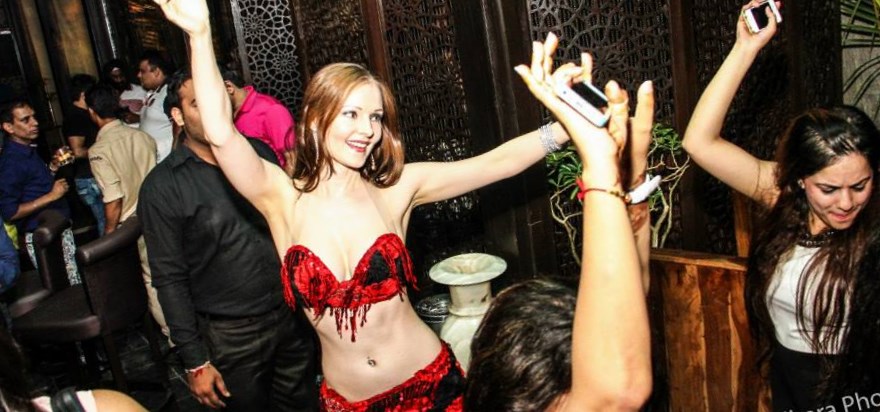
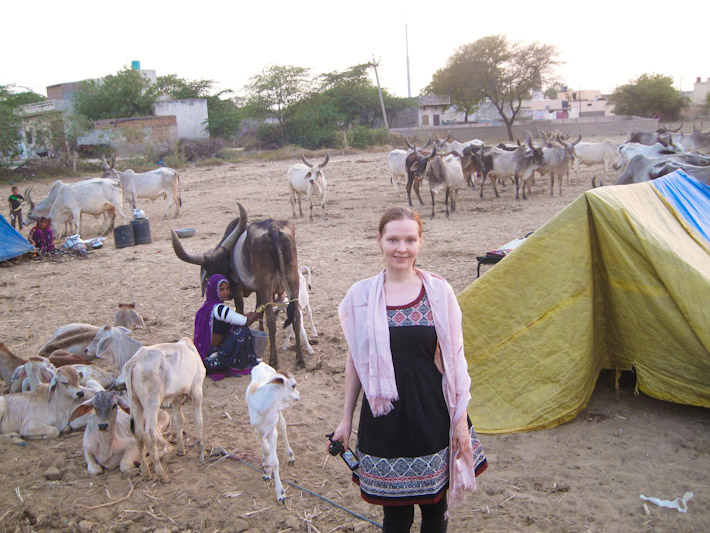

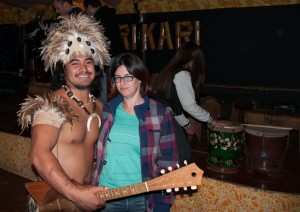
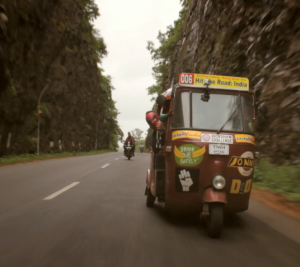
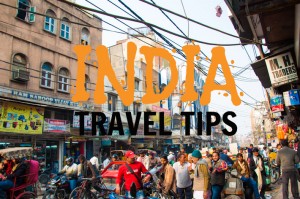
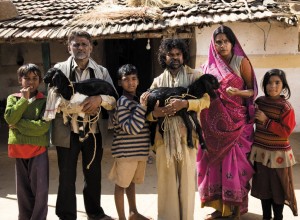










Interesting interview! Thanks for sharing :)